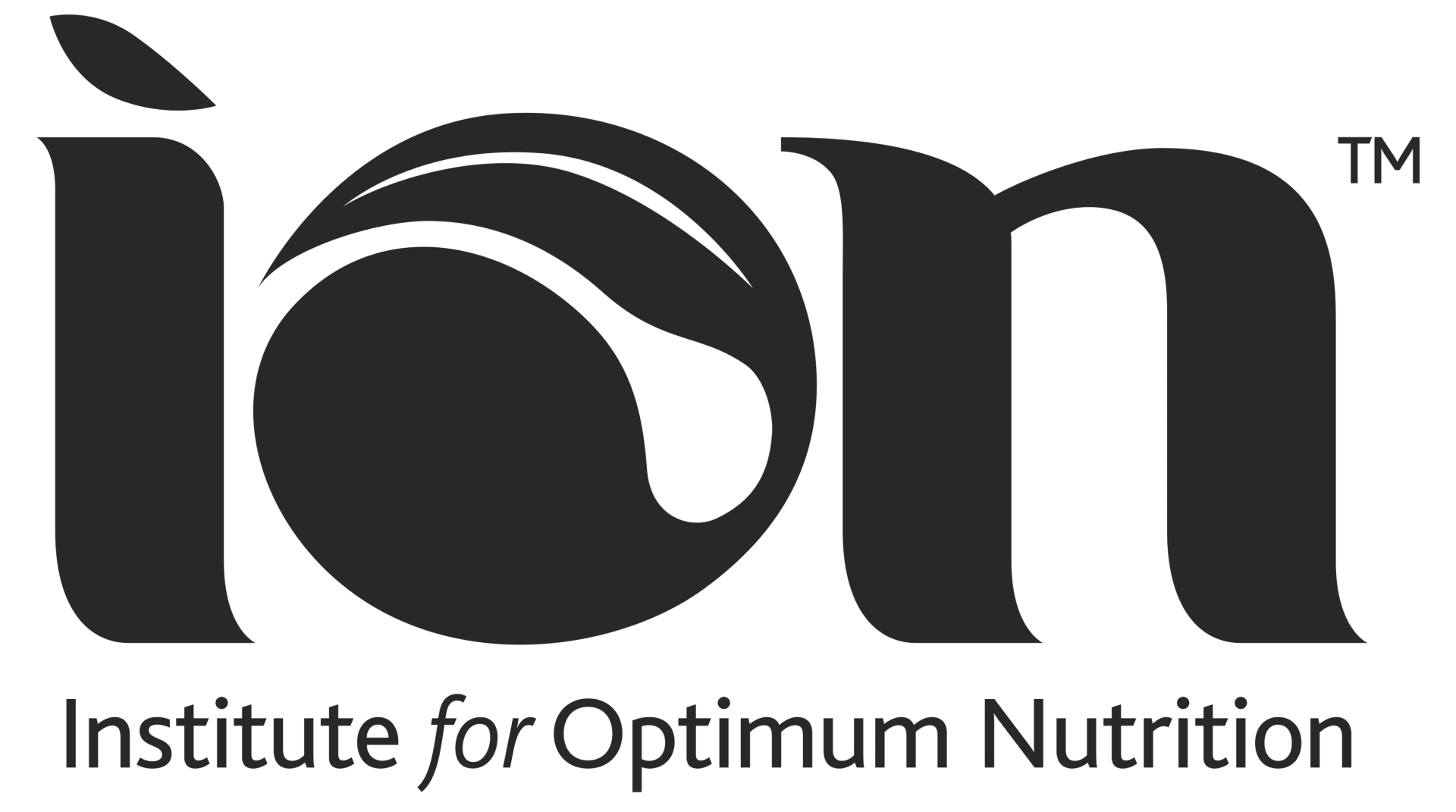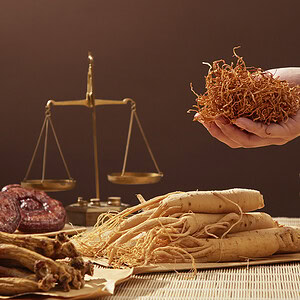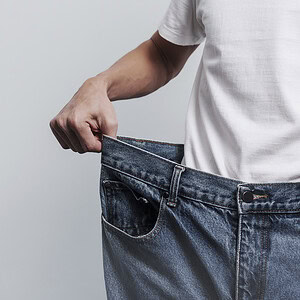Nutrition
From around 6,000 BC salt has not only been a flavour-enhancing, stimulating food constituent and additive, but also a basic commodity.
But, while a certain amount of salt may be essential, this is a nutrient that could be a contributing factor to stroke or heart attack if over-consumed. The average salt intake in western societies is estimated to be 10g a day; a figure associated with serious and chronic health problems.
Why do we need salt?
Common salt is a combination of sodium and chloride, both of which are involved in electrolyte and fluid balance in the human body.
Sodium is vital for preserving acid-base balance (otherwise known as pH) in body fluids, activating muscle and nerve functions and influencing the transport of several molecules into and out of cells through maintenance of the electrical potential of cell membranes.
So getting enough salt is clearly essential; but too much is detrimental.
What foods are high in salt?
Processed and convenience foods are very high in salt. Seemingly innocent foods such as bread, cereals and canned foods can also add to our salt-tally over the course of a day.
More obvious sources are pickles, stock cubes, gravies and sauces.
Other foods such as cheeses, smoked meats and fish can all have a place in a healthy diet but contain high levels of salt, so need to be balanced by high-potassium foods such as pulses, fruits and vegetables.
Monosodium glutamate (MSG), a flavour-enhancer included in many processed foods, is also a source of dietary sodium.
Is too much salt bad for you?
Some studies have linked high salt consumption with an increased risk of hypertension (high blood pressure), and clinical trials have shown that sodium reduction can reduce blood pressure in hypertensive patients.
Excessive salt consumption has also been linked to several other health problems. These include thickening of the arteries and the left ventricle of the heart, and an increase in blood platelet ‘stickiness’ and aggregation, all of which raise CVD risks independently of blood pressure.
Studies have also associated increased dietary sodium with higher incidences of asthma, stomach cancer and autoimmune disorders.
However, this does not mean that evidence linking salt intake with hypertension is conclusive. In fact, one study found that patients at higher risk of CVD who had a lower sodium intake (less than 3g daily), compared to a moderate one (3g to 5g) had an increased risk of death due to cardiovascular factors (mainly heart attack or stroke) or hospitalisation for congestive heart failure.
This suggests that too little salt may be as bad as too much.
Sodium vs potassium
Rather than looking at salt in isolation, some researchers have pointed to the abnormally high ratio of sodium to potassium in western diets as a significant contributor to higher risks of hypertension and CVD.
The balance between sodium and potassium may be more important than the actual levels of either one. Our bodies need far more potassium than sodium each day, underlining the importance of eating plenty of fresh fruits, vegetables and other potassium-rich foods while cutting down on salty, processed foods.
What happens if you don’t get enough salt?
Several studies have shown that restricting salt intake upsets the balance between renin (an enzyme secreted by the kidneys) and aldosterone (a hormone produced by the adrenal glands), which are major regulators of blood pressure and fluid balance.
Too little salt could also be detrimental for insulin resistance, in which cells fail to respond to insulin, leading to high levels of blood sugar and for serum cholesterol and triglyceride levels.
A study into healthy individuals deprived of salt also found that people quickly developed cramps, weakness, lassitude, and severe cardio-respiratory distress on exertion.
How much salt should you have a day?
NHS guidelines state that adults should eat no more than 2.4g of sodium per day, which is equal to 6g of salt.
Food labels often list sodium content. To calculate the salt, multiply the sodium by 2.5.
When checking labels, ‘high’ is more than 1.5g of salt per 100g (or 0.6g sodium), and ‘low’ is 0.3g salt or less per 100g (or 0.1g sodium)
Found this article useful? You may also enjoy reading about how much sugar is in your food.






